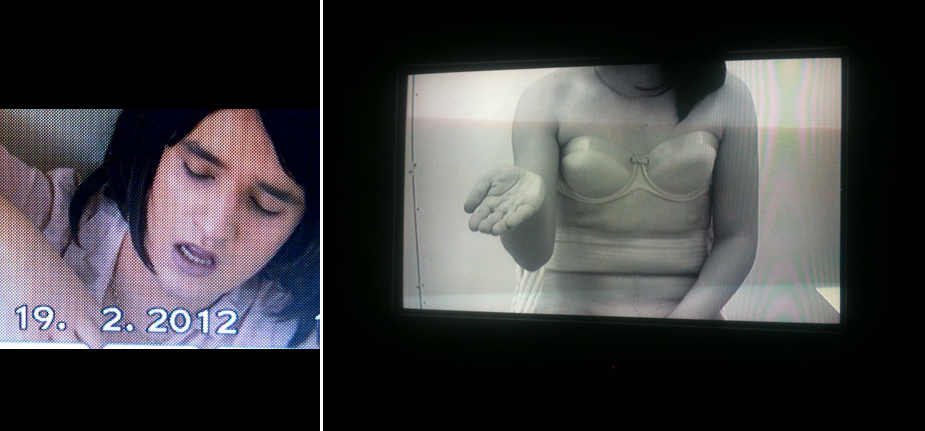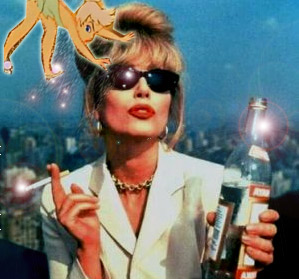Under the Skin and Into the Fog
 Tuesday, July 22, 2014 at 7:40PM
Tuesday, July 22, 2014 at 7:40PM Formless void and darkness. And then light, blinding light. Jonathan Glazer and his gifted cinematographer Daniel Landin present them in that Biblical order. They toy with them for the remainder of Under the Skin, separating them like they're playing god.
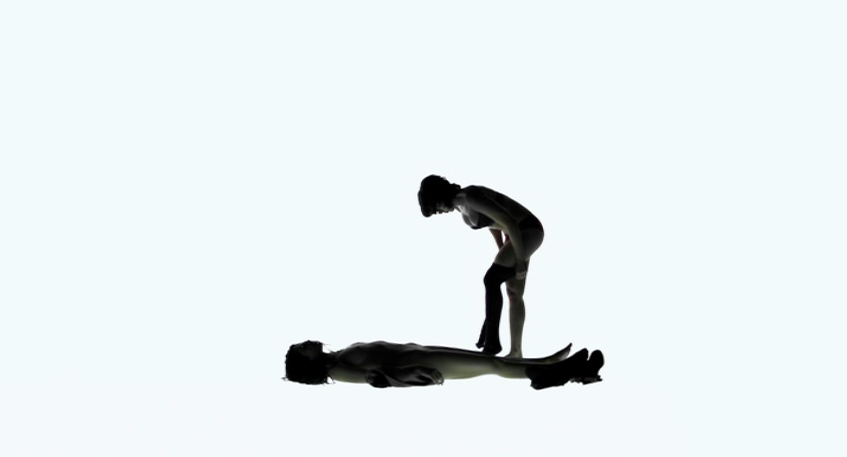 Honorable Mention
Honorable Mention
Perhaps they are since this haunting film begins, as far as I can tell, with Creation, or a creation of sorts. Is it our protagonist being formed (?) or, rather, assuming a new form complete with vocal exercizes to play the role. (The mystery woman is never named in Under the Skin, and none of the men she entices and lures into her formless void, ever think to ask her for it so we'll refer to her as "She" or "Her" since it's Scarlett Johansson we're talking about). What She needs language for is something of a mystery. She seems to communicate best telepathically in the eery repeated shots of her and her driver/accomplice staring at each other or staring into windows / mirrors. That's as good an explanation as any for how she understands the thick Scottish brogues around her when English is not her mother tongue.
Though the details of what exactly is occuring in any given sequence of this great picture are often indecipherable, the artistry of the film is not. It's alternating visual schemes of darkness and light, its elemental preoccupations (water, air, fire... and, well Earth, all play key roles) and its weird asides (the blinking mask, that golden shimmer interlude, the cake!) and Scarlett's fascinatingly alien comportment all prove more rewarding on second viewing.
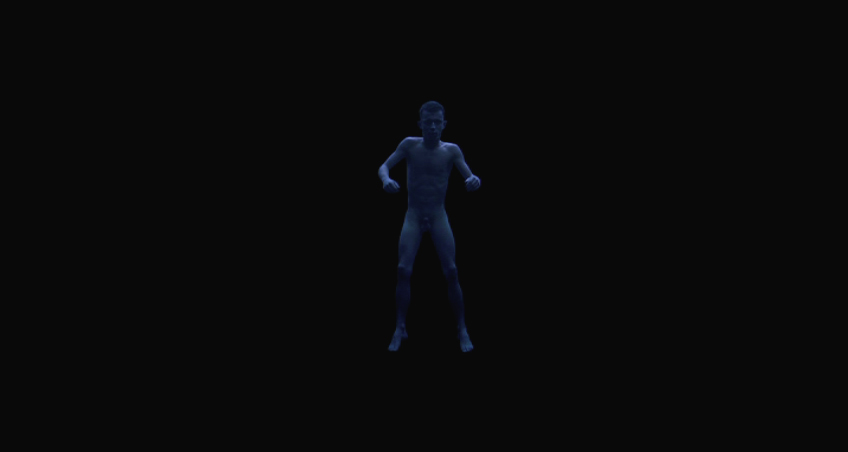 Runner Up
Runner Up
The most powerful recurring image and in some ways the most inexplicably frightening is watching the men slowly sink into blackness, like sailors willfully drowning for a siren's call. You may have your own ideas about what exactly She is harvesting their skin for but I assumed it was the creation of more faux humans like herself. And if so, how perverse that Creation is always doubling as Destruction.
And speaking of perversity, Here's my choice for Best Shot, below. In a film full of startling imagery, it's something as mundane as a car on the road, and a woman in the fog, from the point of view of a car's dashboard. It's a visual choice as it continues the film's often ingenious play on stark blacks and bright whites while reversing the now familiar feeling of men swallowed up in blackness. It's a narrative choice, marking as it does the transition to the film's last act and reverses our usual view of looking out the car's window with her and for a moment, the same view looking at her. It's an emotional choice as I forgot to breath watching it. She has rejected her calling, an apostate suddenly wandering in a strange land without purpose.
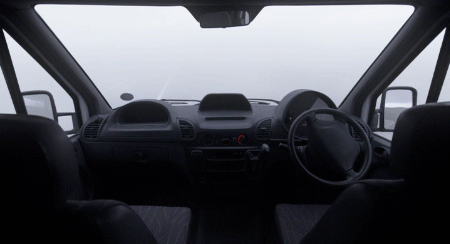 Best Shot. Into the Fog
Best Shot. Into the Fog
Glazer leaves us waiting for Her return a full 14 seconds before we join her in the fog. Her emotions are still totally alien to us as she rotates in place, staring into the liquid air. Looking for what? Everything that should be mundane, including this view from inside a car we've spent half the film in, is riddled with complexity and eery wonder. Glazer has the power to render the familiar alien and by the film's end, and rather movingly, the alien familiar.
I'm not otherwise a religious person but the cinema is my church and Jonathan Glazer is one of the new gods. I've watched Under the Skin twice now, both times with equal parts reverent awe and abject fear. I'm a true believer.

See the whole roster of chosen shots from 22 other HMWYBS participants





